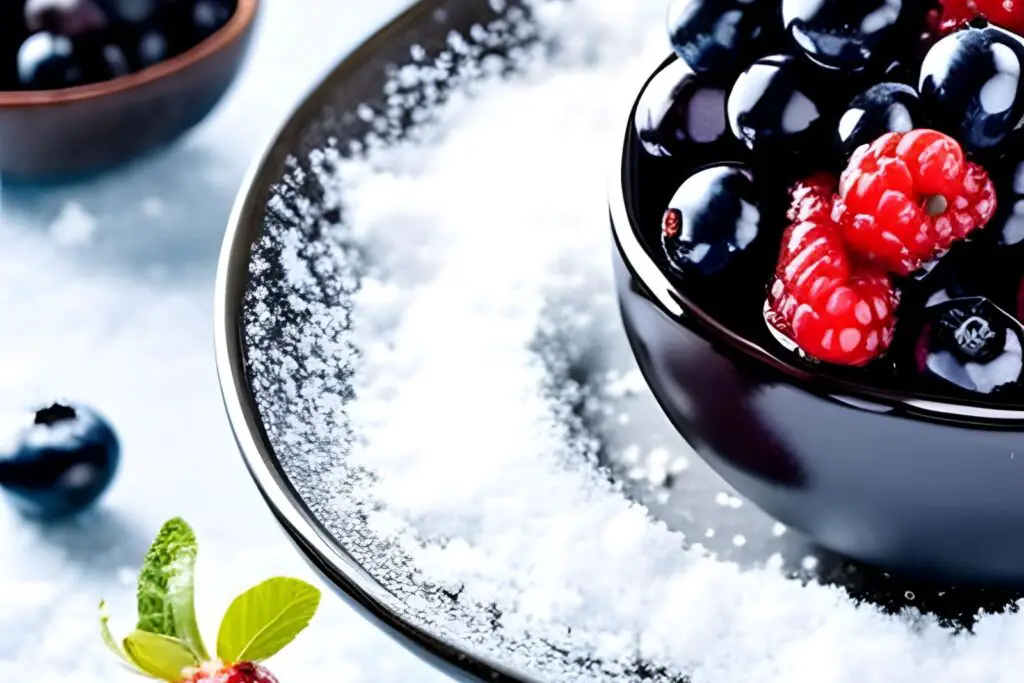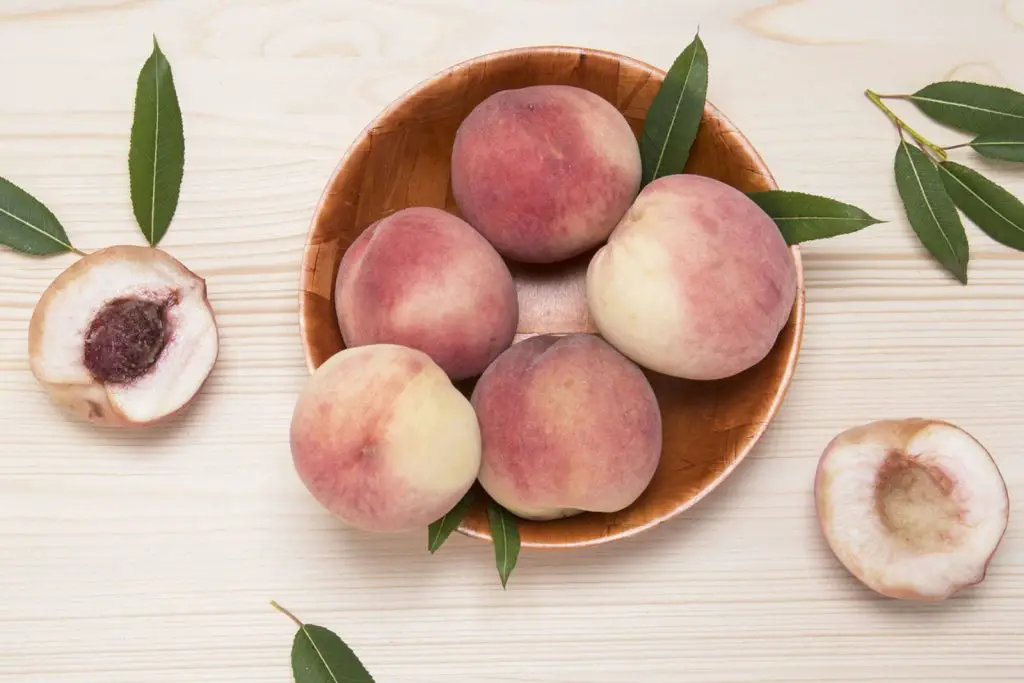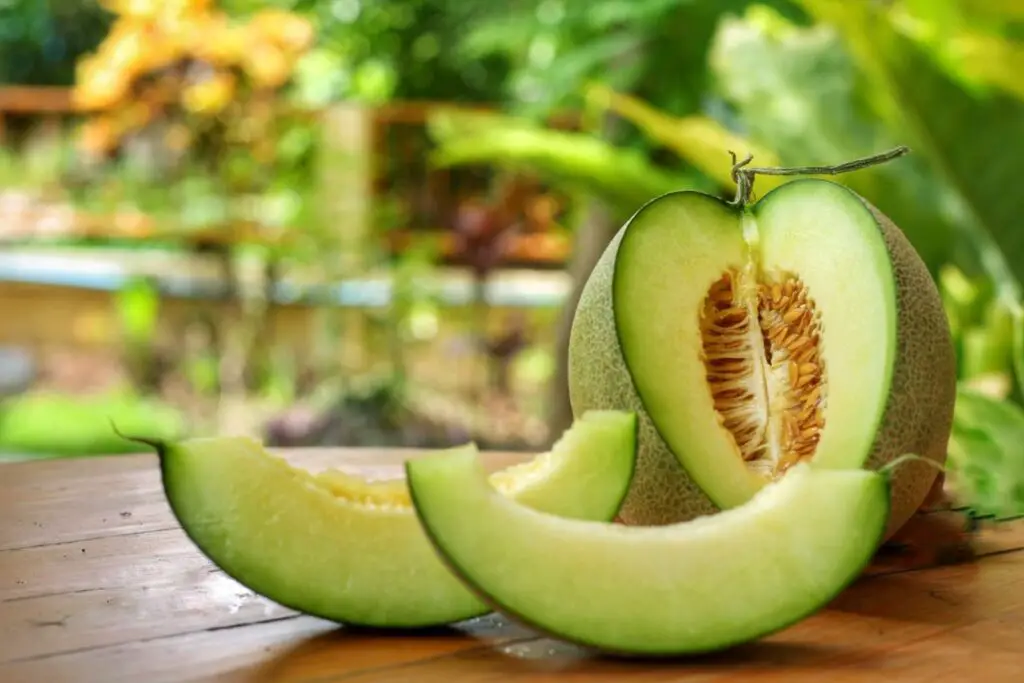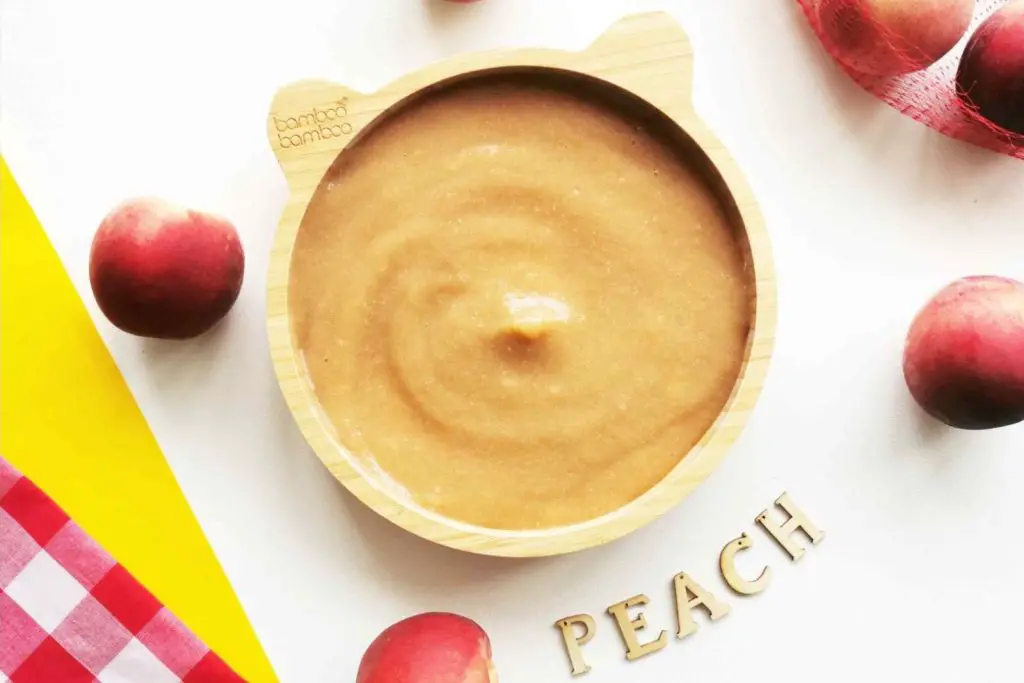
Oranges, with their bright citrus flavor and juicy flesh, are a popular fruit enjoyed by many. Whether you have a surplus of oranges from your backyard tree or found a great deal at the store, knowing how to freeze them can help you extend their shelf life and enjoy their refreshing taste even when they are out of season. Freezing oranges not only allows you to have a convenient supply of this vitamin C-rich fruit for smoothies, juices, and desserts, but it also preserves their natural sweetness and nutritional value. In this guide, we will walk you through the process of freezing oranges, ensuring that you can relish the delightful flavor of these citrus gems all year round.
Here are the simple steps to freeze oranges:
Step 1: Select the Right Oranges
When it comes to freezing oranges, the first step is to select the right ones. The quality of the oranges you choose will greatly impact the taste and texture of the frozen fruit. Here are some important factors to consider:
- Ripeness: Opt for fully ripe oranges. They should have reached their peak sweetness and flavor before freezing. Ripe oranges will have a vibrant color and feel slightly heavy for their size.
- Blemish-free and Bruise-free: Ensure that the oranges are free from any blemishes, cuts, or bruises. Damaged fruits are more prone to spoilage and may affect the overall quality of the frozen oranges.
- Color and Texture: Look for oranges with a bright, vibrant color. Avoid those with a dull or pale appearance, as they may indicate poor quality or age. Additionally, the oranges should have a firm texture when gently squeezed.
- Aroma: Give the oranges a sniff. They should emit a pleasant, sweet citrus aroma. A strong, fresh scent indicates that the fruit is ripe and flavorful.
- Seedless Varieties: While any variety of oranges can be frozen, opting for seedless varieties can make the thawing and usage process more convenient. Seedless oranges eliminate the need to remove seeds before using frozen fruit in recipes or enjoying it as a snack.
By choosing ripe, blemish-free oranges with vibrant color, firm texture, and a sweet aroma, you’ll ensure that the frozen oranges retain their delicious flavor and quality. Take your time to select the best oranges available, as this will lay the foundation for a satisfying frozen citrus experience.
Step 2: Prepare the Oranges
To ensure that your frozen oranges are clean and ready for freezing, proper preparation is essential. Follow these steps to prepare the oranges:
- Washing the Oranges: Begin by washing the oranges thoroughly under cool, running water. This will help remove any dirt, dust, or residue that may be present on the fruit’s surface. Gently rub the oranges with your hands to ensure all sides are properly cleaned.
- Drying the Oranges: After washing, carefully pat the oranges dry using a clean towel. This step is crucial to remove excess moisture, as any water left on the fruit can lead to the formation of ice crystals during freezing, which can affect the texture and flavor of the oranges.
- Removing the Peel and Pith: Once the oranges are dry, it’s time to remove the peel and pith.
What are two common methods for peeling oranges?
Hand Peeling:
Using your hands, start by firmly gripping the orange and gently pulling back the peel, working your way around the fruit. Take care to remove only the outer orange-colored peel while leaving as much of the inner flesh intact as possible.
Knife Method:
Alternatively, you can use a knife to peel the oranges. Begin by cutting off the top and bottom of the orange. Then, make vertical incisions along the sides, following the curve of the fruit, to remove the peel and pith in sections. Again, be cautious not to remove too much of the flesh along with the peel.
By washing the oranges to eliminate any impurities, drying them thoroughly to prevent excess moisture, and removing the peel and pith while preserving the flesh, you are setting the stage for a successful freezing process. Properly prepared oranges will maintain their flavor and texture when frozen, ensuring a delightful citrus experience even after thawing.
Step 3: Segment the Oranges
Segmenting the peeled oranges is an important step in the freezing process, making the fruit more convenient to use in various recipes later on. Follow these steps to segment the oranges:
- Hold the Peeled Orange: Take a peeled orange in your hand and hold it over a bowl or a clean surface. This will catch any juice that may be released during the segmentation process.
- Use a Sharp Knife: With a sharp knife in your other hand, carefully cut between the membranes of the orange. Start at the top or bottom of the orange and gently slide the knife along the side of a membrane, separating it from the flesh. Repeat this process on the other side of the same membrane.
- Separate the Segments: Once you have cut through one membrane, gently lift and remove the segment from the orange. The goal is to remove the individual orange segments, also known as “supremes,” without any membranes or pith attached. Repeat this process for each segment until all the orange flesh has been separated.
- Collect the Juice: As you segment the oranges, allow the juice to collect in the bowl or surface below. This juice can be saved and used in various culinary creations like smoothies, sauces, or dressings, adding fresh citrus flavor.
By segmenting the peeled oranges, you create bite-sized portions that are easier to handle and incorporate into different recipes. Separating the segments also ensures that there are no tough membranes or piths left, resulting in a more enjoyable eating experience. Additionally, collecting the juice from the segmented oranges allows you to make the most of their flavorful liquid in other culinary endeavors.
Step 4: Pack to Freeze the Oranges
Proper packaging is essential to ensure that your frozen oranges maintain their quality and freshness throughout their time in the freezer. Follow these guidelines for effective packaging:
- Choose Suitable Containers: Select airtight containers or freezer bags specifically designed for freezing. These containers help prevent freezer burn and protect the oranges from absorbing unwanted odors from the freezer. Ensure that the containers or bags are clean and in good condition.
- Prepare the Containers: Before placing the segmented oranges into the containers, make sure they are clean and dry. This helps maintain the quality of the frozen fruit and prevents any potential contamination.
- Fill the Containers: Gently place the segmented oranges into the containers, leaving a small space at the top. This space allows for expansion as the oranges freeze, preventing containers from cracking. Avoid overcrowding the containers, as this can lead to clumping or squishing of the fruit.
- Alternative Method: Another option for packaging is to use ice cube trays. Place individual orange segments into the compartments of the ice cube tray. This method is convenient if you prefer smaller portions of frozen oranges. Once the segments are frozen, you can transfer them to a freezer bag for long-term storage.
- Label and Date: To keep track of the frozen oranges, label the containers or bags with the contents and the date of freezing. This helps you identify and use the oldest oranges first, ensuring optimal freshness and taste.
Proper packaging is crucial to maintaining the quality of your frozen oranges. Airtight containers or freezer bags, along with leaving space for expansion, help preserve the flavor, texture, and overall freshness of the fruit. Alternatively, using ice cube trays provides portion-sized segments for easy usage. By following these packaging guidelines, you can enjoy the taste of freshly frozen oranges whenever you desire.
Step 5: Store in the Freezer
After properly packaging the oranges, it’s time to freeze them. Follow these steps for effective freezing and storage:
- Arrange in a Single Layer: Place the containers or bags containing the segmented oranges in the freezer, ensuring they are arranged in a single layer. This allows for faster and more even freezing. If you are using ice cube trays, lay them flat in the freezer to prevent any spillage or shifting of the orange segments.
- Freezing Time: Allow the oranges to freeze for at least 2-3 hours, or until they are completely solid. The exact freezing time may vary depending on the temperature of your freezer and the size of the orange segments. Ensuring that the oranges are completely frozen helps maintain their texture and flavor.
- Storage Location: Once the oranges are frozen, transfer the containers or bags to a suitable storage location in the freezer. Ideally, place them in a section of the freezer where the temperature remains consistently cold. This ensures optimal preservation of the frozen oranges.
- Storage Duration: Frozen oranges can be stored for several months without a significant loss in quality. However, it’s best to use them within 6-8 months for the best flavor and texture. Properly labeled containers or bags will help you keep track of the freezing date, allowing you to use the oldest oranges first.
By arranging the containers or bags in a single layer, ensuring complete freezing, and storing them in a suitable location in the freezer, you can maintain the quality and freshness of the frozen oranges for an extended period. With proper storage, you’ll have a supply of delicious frozen oranges ready to use whenever you need them.
Step 6: Thaw the Frozen Oranges
When you’re ready to enjoy the frozen oranges, it’s important to thaw them properly to maintain their flavor and texture. Here’s how to thaw and use the frozen oranges:
- Refrigerator Thawing: The recommended method for thawing frozen oranges is to transfer the desired amount of orange segments to a plate or bowl and let them thaw in the refrigerator. Place the container in the refrigerator for a few hours or overnight, allowing the oranges to gradually thaw. Thawing in the refrigerator helps preserve the texture and flavor of the oranges.
- Room Temperature Thawing: If you need to thaw the oranges quickly, you can thaw them at room temperature. Place the desired amount of frozen orange segments on a plate or in a bowl and let them sit at room temperature for approximately 30 minutes to 1 hour. Keep an eye on them to prevent over-thawing.
- Texture Changes: It’s important to note that the texture of the oranges may slightly change after freezing and thawing. The flesh might become slightly softer compared to fresh oranges. However, the flavor and juiciness should remain intact, allowing you to enjoy the citrusy goodness of the fruit.
By thawing the frozen oranges gently, either in the refrigerator or at room temperature, you can enjoy their delicious flavor and use them in a variety of culinary creations. Experiment with different recipes and enjoy the burst of citrus that the thawed oranges bring to your dishes.
Other related questions
Can you refreeze oranges?
It is generally not recommended to refreeze oranges once they have been thawed. Freezing and thawing can affect the texture and flavor of the fruit, and refreezing may further deteriorate their quality. It is best to consume or use the thawed oranges promptly after thawing to ensure optimal taste and texture.
How do I know if the oranges have gone bad after being frozen?
After being frozen, if oranges have gone bad, there are a few indicators to look out for. Firstly, check for any signs of freezer burn, such as discoloration or dry, shriveled texture. Additionally, if the oranges have developed an off-putting odor, unusual taste, or unusual texture like mushiness or excessive softness, it may indicate spoilage. When in doubt, it is safer to discard the oranges to avoid any potential foodborne illnesses.
Are there any specific safety precautions to follow when freezing oranges?
When freezing oranges, it is important to follow specific safety precautions to ensure food safety. First, make sure to wash your hands thoroughly before handling the oranges to prevent any potential contamination. Secondly, use clean utensils and storage containers to minimize the risk of bacterial growth. Lastly, maintain proper storage temperatures in the freezer to keep the oranges safe from spoilage. By following these safety precautions, you can freeze oranges with confidence and enjoy them later without any health concerns.
Are there any special considerations for freezing mandarin oranges?
When freezing mandarin oranges, it is important to peel and segment them before freezing, just like other types of oranges. However, due to their delicate nature, mandarin oranges may require extra care during the freezing process to prevent them from getting mushy or losing their texture. It is recommended to handle them gently and use airtight containers or freezer bags to maintain their flavor and juiciness.
Can I freeze orange slices for garnishing drinks?
Yes, you can freeze orange slices for garnishing drinks. To freeze orange slices, ensure that they are properly washed and patted dry before placing them on a tray or plate in a single layer. Once frozen, transfer the slices to a freezer bag or airtight container. Thaw the desired amount of orange slices before using them as garnish for drinks.
What are some creative ways to use frozen oranges?
There are several creative ways to use frozen oranges in various culinary creations. Thawed oranges can be blended into refreshing orange smoothies or juices. They can be used as a flavorful addition to fruit salads, desserts like sorbets or ice creams, or even as a garnish for cocktails. Additionally, frozen orange segments can be incorporated into baked goods such as muffins or cakes for a burst of citrus flavor.
Can I freeze orange zest or grated orange peel?
Yes, you can freeze orange zest or grated orange peel. Before freezing, ensure that the zest or grated peel is completely dry to prevent clumping. Place the zest or grated peel in an airtight container or freezer bag, removing as much air as possible. Frozen orange zest or grated peel can be stored for several months and used in various recipes, such as adding citrus flavor to baked goods or enhancing savory dishes.








